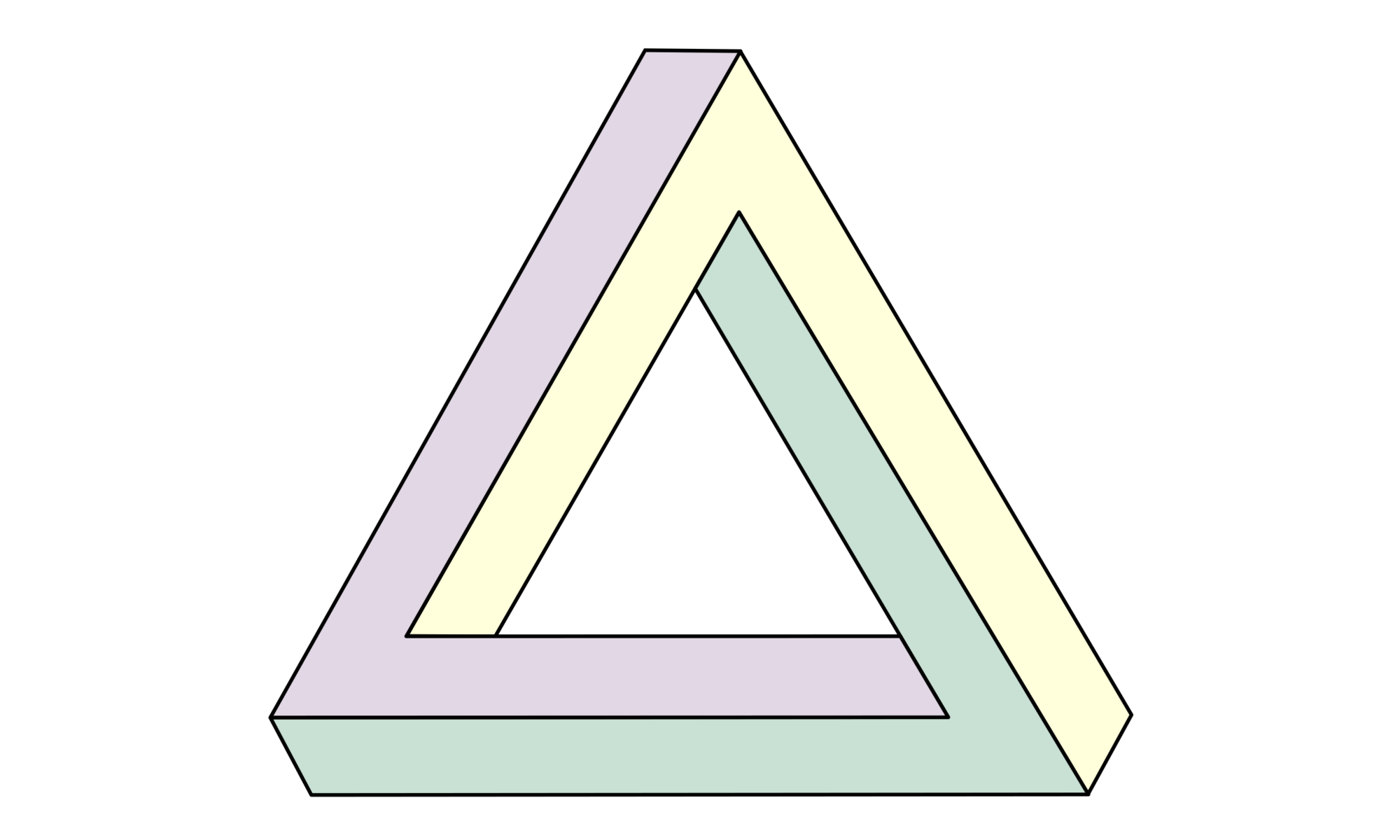The three pillars of Agile
The three pillars of Agile answer briefly and clearly two of the most important questions people are asking since the beginning of Agile and before: “Why Agile works?” and “What’s the essence of Agile?”
The three pillars of Agile answer briefly and clearly two of the most important questions people are asking since the beginning of Agile and before: “Why Agile works?” and “What’s the essence of Agile?”
In the beginning, to answer these questions, we referred to the 4 values and 5 principles of Extreme Programming (later developed into 5 and 13 respectively), and the 3 pillars of Scrum (later supplemented with 5 values). From 1991 we had Crystal Clear that evolved to 7 properties. Then from 2001, there were the 4 values and 12 principles of the Manifesto for Agile Software Development. Later we referred to the 7 principles from Lean Software Development as a “theory” for Agile. Then we used The Wicked Problem definition from Rittel and Webber, the Ralph D. Stacey’s Matrix, and the VUCA world definition, to understand and explain why Agile works better. Finally, we turned to the Cynefin framework from David Snowden, the theory from Complexity Science, human Complex Adaptive Systems, and the 6 characteristics and 3 variables of Agility with its definition from David S. Alberts. Here a more comprehensive list.
The three pillars of Agile consolidate all the knowledge and theory from these sources and express them in a short and clear form easy to understand. Here they are:
– Co-creation: Is a form of deep and fluid collaboration across functions and disciplines, and a shared ownership of artefacts and outcomes, that minimise hands-over and delays, take advantage of the diversity of ideas and multiplicity of points of view, and enable fast feedback loops.
It usually involves a pair or a group of people synchronously working together, sharing their creative space and thought process, while creating and gradually refining a shared artefact.
When the work in novel, ambiguous, uncertain, or in a single word Complex, co-creation becomes a necessity in order to overcome individual fragmented understanding and reach some degree of common understanding.

– Co-evolution: Is a double act where the understanding of the problem and the discovery of a solution gradually evolve in concert. It continues until a good-enough working solution is discovered and developed, and only then the problem is fully understood.
It is in the doing of the work that we discover the work that we must do. Doing exposes reality
~ Woody Zuill (Mob programming)
– Simplicity: All Agile frameworks, and many aspects of agile, are intentionally incomplete, they are the simplest possible starting point, because they expect people doing the work to continuously experiment, learn, adapt and evolve to fit their unique and always changing circumstances. It is about growing things by letting them emerge. So you could interchangeably name this as Emergence.
BTW these three pillars are the results of many years of refinement through simplification. Out of curiosity see how this list looked like more than 10 years ago (a lifetime) in its first 11-items version: link.
You need all three of them at the same time to have Agile and pursue Agility. They can help you to get a deeper understanding of the essence and spirit of agile. You can use them to guide your decision-making when practising Agile. And finally they can help you spot counterfeit/fake or fundamentally misunderstood agile (for example see here).

Boost your Agile to a whole new level of mastery.
See how we can help.
You, your team, your organisation.
